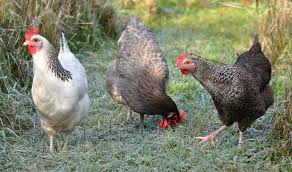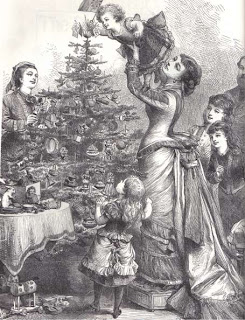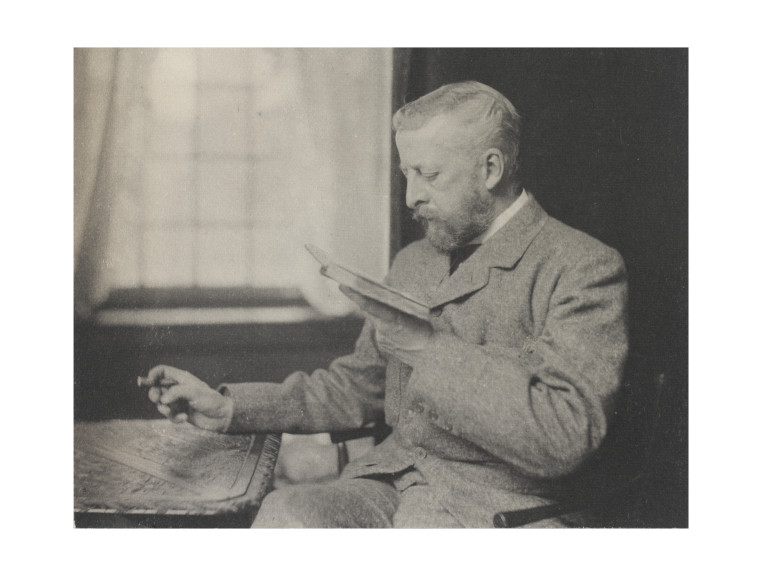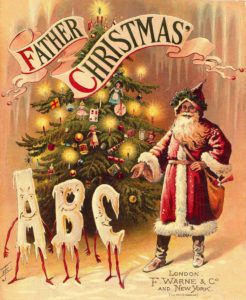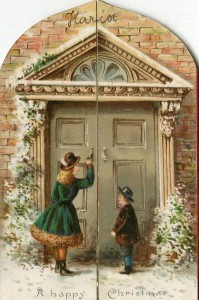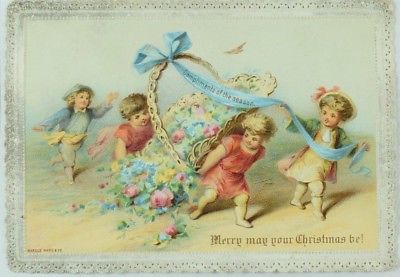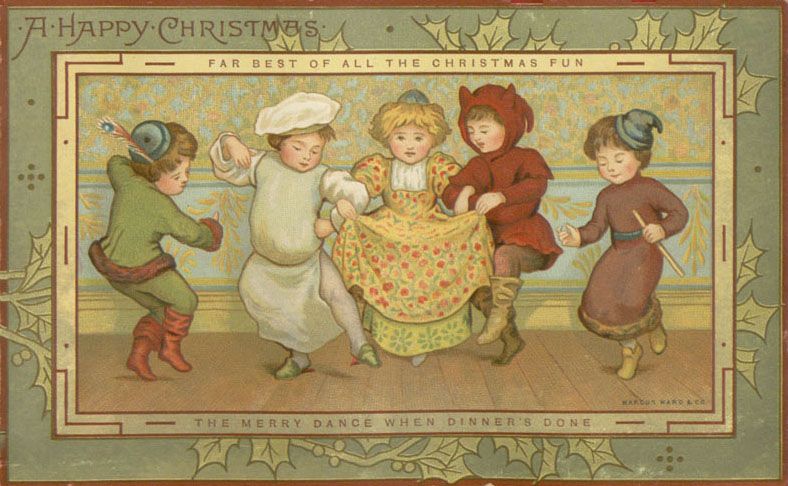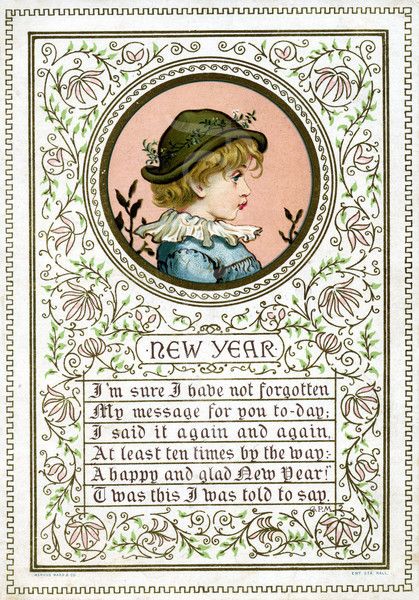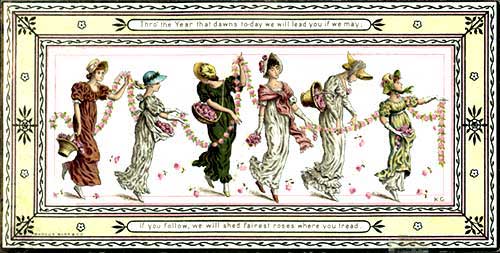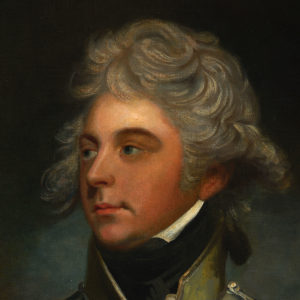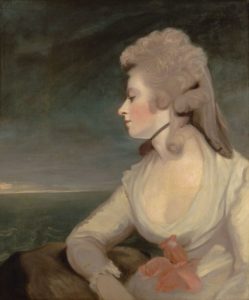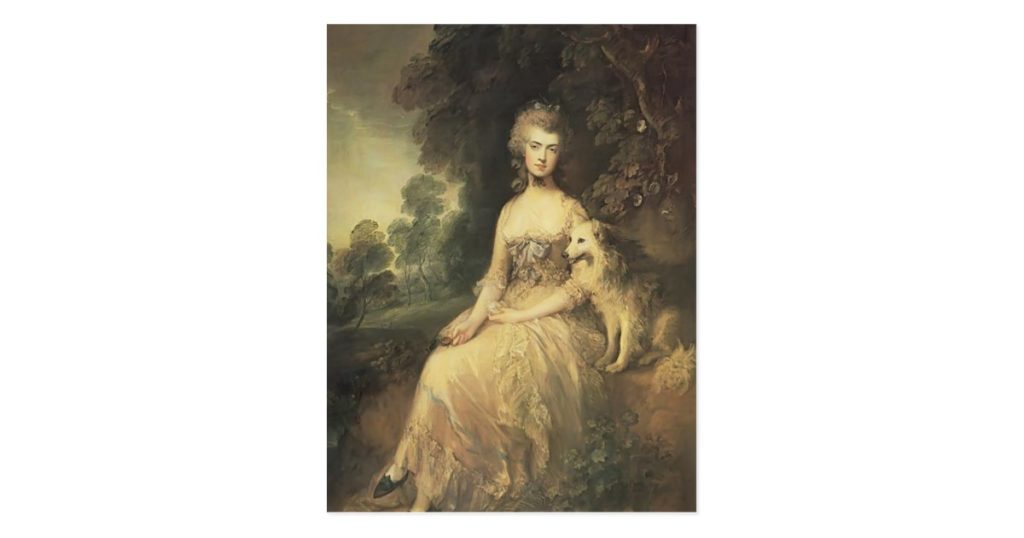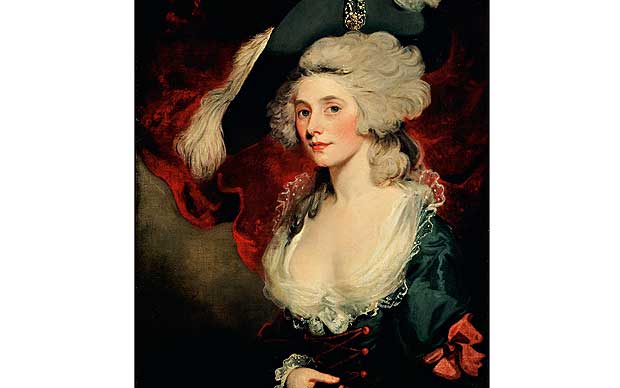December 25th
My Own Heart – The London coach arrived today, bringing with it your gift of a partridge and a pear tree. You are too clever by half!
Yours For Eternity
December 26th
My Love – Two turtle doves! How simply smashing. I cannot wait to see you again that I might thank you personally. You are too droll.
For Ever and Ever
December 27th
Darling – There we were, my footman and I, dispensing bird seed when what should arrive at Blicking Hall but three French hens. You cannot imagine the look they brought to the footman’s face. Truly, you shouldn’t have.
Always
December 28th
Sweetheart – Four calling birds. How quaint. You should know that my lady’s maid is making noises about leaving the Hall. The footman is none too happy, either, although the local carpenter is quite over the moon to have been hired to construct the aviary. Typically, work is scarce for him at this time of year.
Love
December 29th
Dearest – How could you do this to me? I do not mean to be short with you, but none of us here has gotten much sleep of late, what with all the billing, cooing, chirping and calling the birds are wont to do.
Yours
P.S. Thank you for the five golden rings.
December 30th
Dear – Now you’ve done it. Cook is quite put out by the six geese laying in her kitchen, and no wonder. You must end this. Accomplished cooks are difficult to come by in the country.
As Ever
December 31st
Dear Sir – I am most heartily sick of the sight of feathers. Your seven swans arrived today and are swimming in the ornamental fountain in the conservatory. Oldham has been snorting at me disdainfully all morning. Have you ever been snorted at by your butler? It’s off putting, to say the least.
Happy New Year
January 1st
Sir – Is there a market for spare goose eggs? The eight maids you sent today are a welcome sight, what with all the seeds and feathers we have to sweep up hourly here. Once they have finished with that, the maids intend to walk to the village, where they are determined to help with the milking. Wherever shall they all sleep?
Please Cease and Desist
January 2nd
To Whom It May Concern – This daily gift giving business is no longer amusing. The entire village have followed the nine drummers drumming to our door. The staff are up in arms, save for the footman, who has not been seen since shortly after the eight maids arrived.
Stop it!
January 3rd
You black hearted scoundrel – the magistrate appeared at Blicking Hall today. It transpires that the villagers are being driven to distraction by the ten pipers and their constant piping. Perhaps you should have sent mimes.
January 4th
Could you not have sent the eleven ladies dancing to Almack’s instead of to me? Do these outrageous gifts have anything to do with the betting book at White’s? Is that idiot Brummell somehow involved? Have you a good receipt for fowl fricassee?
January 5th
My entire staff have deserted me, taking with them the maids, pipers, dancing ladies and, blessedly, the drummers. There is the tiniest bit of good news – I have been given to understand that some of them have made successful matches and are currently bound for Gretna Green. I was headed to my rooms with a bottle of port when who should arrive but twelve lords a leaping. And what lords they are – so handsome, so gallant, so utterly divine! How could I have doubted your intentions? Please give my regards to all in London, as I fear I shall be much too occupied here at Blicking Hall to partake of the Season.
Your Most Grateful Friend

